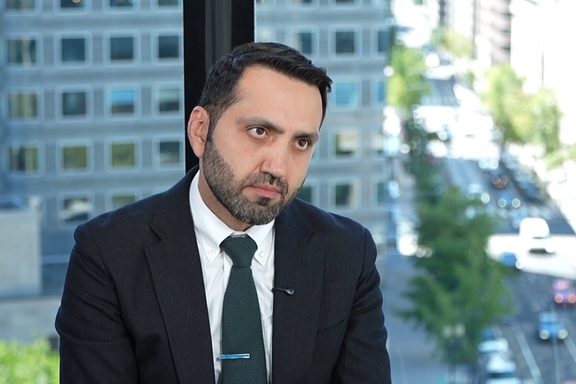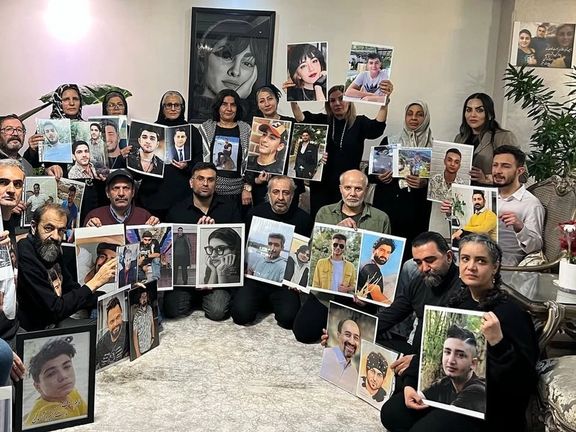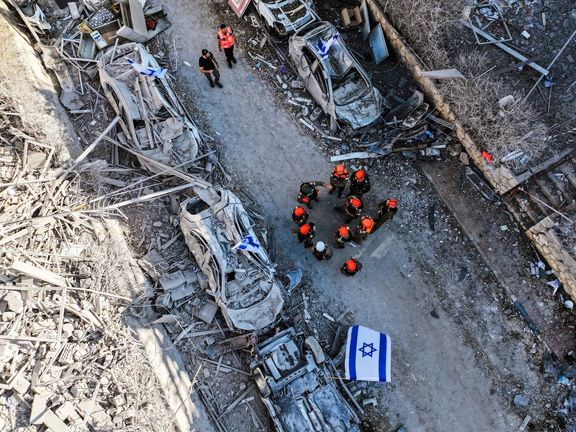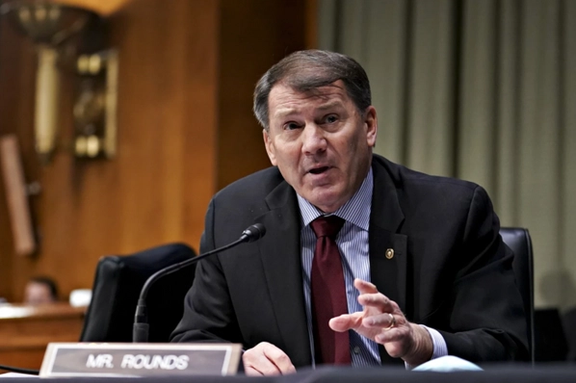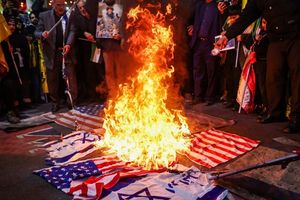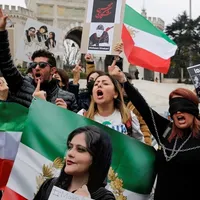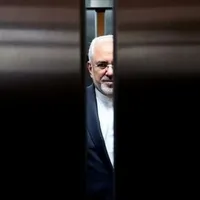“They push this oil through corrupt networks and the worst actors in the government— people already sanctioned internationally," said Miad Maleki, former head of the US Treasury’s Office of Global Targeting within the Office of Foreign Assets Control (OFAC), "They get paid for only one out of five barrels they ship.”
The United States has maintained sanctions on the Islamic Revolution for decades but the measures were dramatically ramped up in 2018 when Donald Trump launched his so-called maximum pressure campaign.
Tehran has developed elaborate methods to evade sanctions, including a dark fleet of tankers that baffle tracking by switching off their transponders and conduct ship-to-ship transfers to mask the origin of its oil.
Maleki, a US air force veteran, argues these methods renders oil sales extremely costly. “Most of the money is wasted on shipping, discounts and commissions paid to layers of corrupt actors,” he said.
In nearly eight years at OFAC, Maleki helped design and implement the Treasury's sanctions campaigns against the Islamic Republic and its regional allies including Hezbollah and Hamas
'Malign intent'
Maleki said he never saw signs that goal of Iran’s leadership was sustainable growth for its citizenry.
“It was mostly about day-to-day survival and paying political rent to supporters,” he said. Instead, Iran’s oil revenues have been funneled to the Islamic Revolutionary Guard Corps (IRGC), its elite clandestine wing, the Quds Force and other heavily sanctioned actors.
Born in Iran and a first-hand witness to life's hardships there, Maleki said he saw sanctions as a way to ultimately help the Iranian people, since Iran’s rulers would not use oil revenue for public benefit.
“Any value taken away from this cycle is value taken away from corruption and malign intent,” he said.
During President Trump’s first term, Maleki was an architect of the new sanctions regime and helped pushed their remit beyond oil.
“Sanctions on the financial sector were the key,” Maleki said. “Targeting IRGC and Defense Ministry-owned banks tied the regime’s hands in dealing with the global financial system. It was very impactful.”
In 2019, Washington also sanctioned the office of Supreme Leader Ali Khamenei.
Maleki sees it as one of the most impactful measures against the Islamic Republic, citing the vast wealth controlled by sprawling state foundations under Khamenei’s supervision including Bonyad Mostazafan, the Execution of Imam Khomeini’s Order (Setad) and Astan Quds Razavi.
Enmeshed in critical sectors spanning the economy, many of the entities disguised their activities as philanthropy.
“They invest in metals, petrochemicals and agriculture. But you don’t see much charity work,” he said.
Maleki said the sanctions were designed so that even after Khamenei, the next supreme leader and his appointees will remain under sanctions.
“The Bonyads and foundations and all the subsidiaries are operating Iran's economy and stealing from their own people and also engaging in funding a wide range of nefarious activities, supporting terrorism, instead of using those funds to help Iran's economy," he said.
Nuclear costs and wasted billions
US and Israeli attacks on Iran’s nuclear facilities in June destroyed key parts of Iran’s nuclear program and ended tense talks between Tehran and Washington.
The United States urged Iran last week to take "immediate and concrete action" to meet its nuclear safeguards obligations.
France, Germany and Britain last month triggered the the so-called snapback mechanism of a 2015 international nuclear deal with Iran which could soon restore global sanctions unless resumed diplomacy secures a reprieve.
Maleki said it was unclear how damaging the move might be.
“The US sanctions are in place. Adding UN sanctions on top of it, I don't know how much meaningful financial restrictions that's going to bring on the regime, but politically, it's going to increase the pressure," he said. "You are going to see some shifts in governments, their approach to Iran, and how diplomatically they are engaged with Iran."
Estimates of Iran’s nuclear spending range from $500 billion to $1 trillion. Maleki said even per the low-range estimate of around half a billion dollars—equivalent to 17-20 years of oil revenue— the program produced only about 11–12% of Iran’s electricity.
A surge in electricity outages across Iran has caused severe disruption to daily life and economic activity, leaving Iranians frustrated and businesses paralyzed.
For roughly €15 billion (about $16 billion), Maleki continued, Iran could have built enough conventional power plants to avoid worsening shortages.
“Even if the goal was peaceful, the nuclear program never made economic sense."
